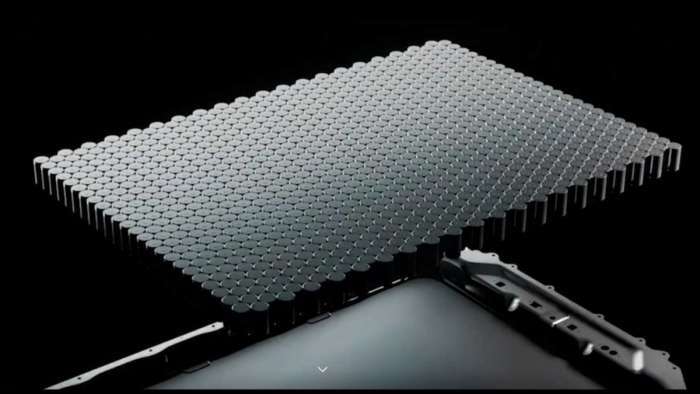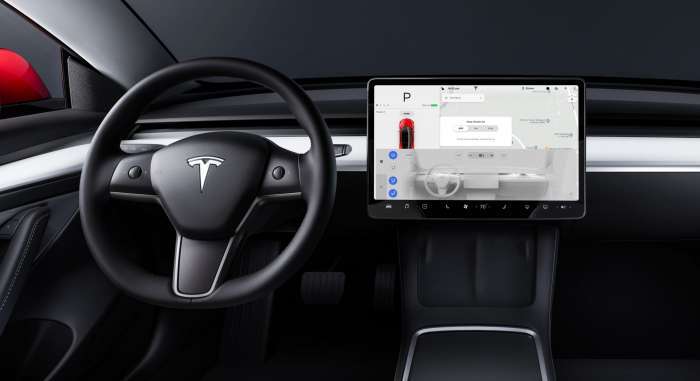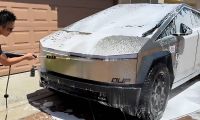Tesla's battery recycling system has managed to recover 92% of the original raw materials to feed them back into the production system, according to the manufacturer's 2021 impact report. Tesla also shared some details about the chemistry of its batteries, noting that lithium only makes up about 1.5% of its total weight, in those that employ NCA or NCM ternary cathodes. On the other the other hand, LFP (iron phosphate) battery packs do not require cobalt or nickel, two of the materials most susceptible to price changes due to their rather difficult availability.
Tesla's process for battery recycling has been developed internally - in-house - by the manufacturer since the end of 2020. By August 2021, the 2020 impact report had already indicated its extraordinary performance as it was able to recover 92% of the materials present in the battery cells. The first phase of the industrial facility went live at the Nevada Gigafactory in the last quarter of 2020.

But despite the great performance of this recycling system, the Tesla report makes clear the need to resort to the supply chain of materials, in order to meet the growing demand for batteries for its electric cars. The manufacturer claims that the relative composition of the materials that make up its cathodes will continue to evolve over time. Educated forecasts indicate that the market in which all automakers are involved will increasingly require significant amounts of lithium, nickel, cobalt, manganese, iron, phosphates and many other minerals from that supply chain in the near future.
While Tesla recognizes the critical role battery recycling plays in supplying a portion of these materials - thus enabling the closed-loop supply chain - in the short to medium term global cell production will continue to be heavily dependent on of the extracted primary raw materials.

The availability and affordability of these minerals and chemicals "are key to advancing Tesla's mission and accelerating the transition to sustainable energy," the report states. Its aim is to continue collaborating with other external material recovery companies that will continue to complement Tesla's work to recycle batteries at the end of their useful life.
For its own cells – the ones that contain NCA (nickel, cobalt, and aluminum) and NCM (nickel, cobalt, and manganese) cathodes - Tesla will continue to work to increase the proportion of nickel, which basically improves vehicle range. This way, in addition, they will be able to reduce the overall production costs of their batteries without compromising performance, safety and useful life; and by the way reducing the use of cobalt as much as possible. “It is important to note that we expect the absolute demand for cobalt to increase in the coming years because our vehicle and cell production growth rate is projected to exceed the overall rate of cobalt reduction per cell,” Tesla stated in the report.
All images courtesy of Tesla Inc.
Nico Caballero is the VP of Finance of Cogency Power, specializing in solar energy. He also holds a Diploma in Electric Cars from Delft University of Technology in the Netherlands, and enjoys doing research about Tesla and EV batteries. He can be reached at @NicoTorqueNews on Twitter. Nico covers Tesla and electric vehicle latest happenings at Torque News.












